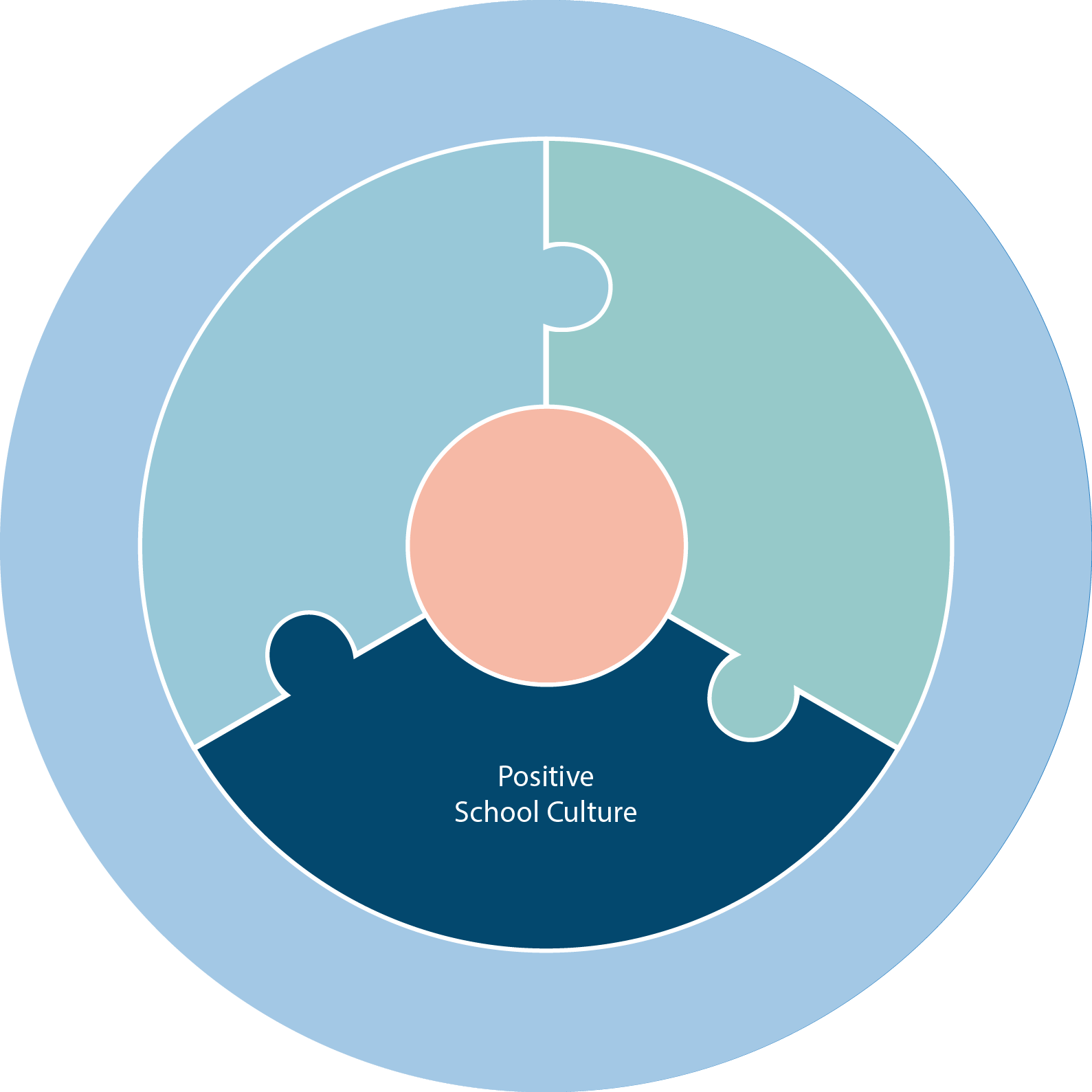1.0 Lever 3
POSITIVE SCHOOL CULTURE
Positive school culture requires compelling and aligned vision, mission, goals and values, explicit behavioral expectations and management systems, proactive and responsive student support services, and involved families and community.

District Commitments:
District commitments describe what local education agencies do to ensure that schools are set up for success.
-
The district provides campuses with best practice resources and tools for engaging families (i.e., translation services, parent/student surveys, online communication structures).
-
The district provides data systems to track pertinent school culture data (e.g. discipline referrals, attendance, campus climate).
-
The district provides campuses with access to external student support services.
-
The district ensures that campus buildings are well maintained, safe, and conducive to learning.
-
District policies and practices align with and promote positive school culture.
Essential Actions
Essential Actions describe what the most effective schools do to support powerful teaching and learning. The first essential action listed under the priority is foundational — schools should address first in continuous improvement efforts, as they provide the foundation upon which the other essential actions develop.
3.1
FOUNDATIONAL ESSENTIAL ACTION
Compelling and aligned vision, mission, goals, values focused on a safe environment and high expectations
-
Stakeholders are engaged in creating and continually refining the campus’ mission, vision, and values.
-
Campus practices and policies demonstrate high expectations and shared ownership for student success, with a drive towards college and career readiness and postsecondary success.
-
Staff members share a common understanding of the mission, vision, and values in practice and can explain how they are present in the daily life of the school.
-
Regular campus climate surveys assess and measure progress on student and staff experiences.
3.2
Explicit behavioral expectations and management systems for students and staff
-
All staff and students are taught, practice, and reinforce behavioral expectations with a common language.
-
All staff and students understand a system of rewards and consequences, including restorative practices, and consistently implements the system with fidelity.
-
Rituals and public forums celebrate students who model expectations and demonstrate behaviors that reflect campus values.
-
Data systems exist to track all discipline referrals, attendance, and interventions and the data is regularly reviewed to identify trends and adapt accordingly.
3.3
Proactive and responsive student support services
-
The school has a campus-wide program to proactively teach mental health and wellness skills to students.
-
School staff meet frequently to identify individual student needs and work together to support and monitor individual progress, behavior, and mental health needs.
-
Students are provided with the support services (e.g., counseling, mentoring, external service referrals) that address their needs.
3.4
Involving families and community
-
The campus creates an inclusive and welcoming environment that engages all families in critical aspects of student learning.
-
Systems are in place to engage families on a regular basis about their child’s performance in a positive, constructive, and personalized way, including their child’s college and career preparation and postsecondary success.
-
Multiple communication strategies with families are integrated into teacher roles and responsibilities.
-
Family and community engagement and impact data are reviewed regularly, and plans are adapted as needed.

